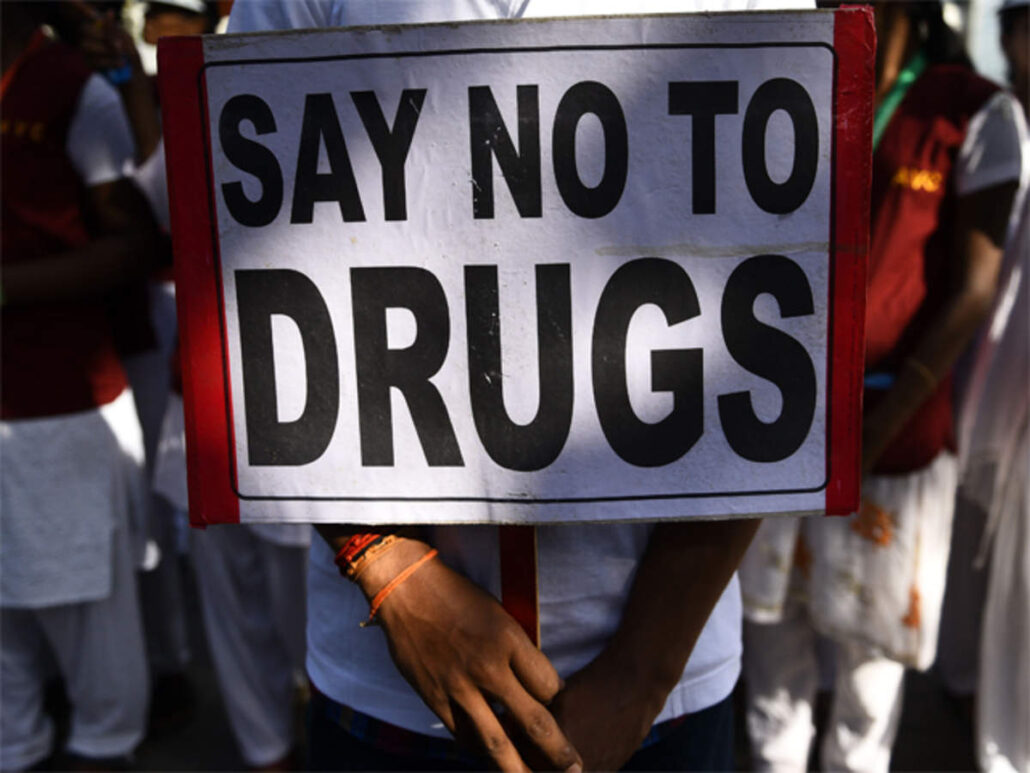
The prevalence of opioid use in Jammu Kashmir is on the rise, with heroin being the most commonly abused drug, according to doctors.
Dr Aadil, a Medical Officer at the Addiction Treatment Facility (ATF) in District Hospital Shopian, informed the news agency—Kashmir News Observer (KNO) that an increasing number of patients seeking treatment are opioid users, with heroin being the most commonly abused opioid in J-K.
“Approximately 90-95 percent of patients visiting the facility for treatment are opioid users,” he said, adding that heroin is the predominant opioid in use across the districts.
A psychiatrist at GMC Anantnag expressed similar concerns, saying that 90 percent of drug abusers attending the ATF facility in the district are heroin users. “About 65 percent of these heroin abusers engage in Intravenous Drug Abuse (IVDA), putting them at a higher risk of contracting HIV and hepatitis,” he said.
“One notable challenge in addressing the issue is the social stigma associated with drug abuse, which prevents many individuals from seeking treatment,” the psychiatrist said, adding that due to financial constraints and other societal factors, around 40 percent of drug abusers discontinue treatment after the initial visit to ATF.
Medical professionals stressed the need for increased vigilance among parents, urging them to provide comprehensive support to their children and raise awareness about the dangers of drug abuse.
In Jammu and Kashmir, opioid preference differs from the rest of India, where alcohol is more commonly used by individuals with mental health issues, doctors said, adding that the consequences of opioid abuse include a heightened risk of overdose, which leads to severe health issues such as liver damage, sudden heart attacks, kidney damage, and mental health disorders.
Doctors reveal that heroin, a prevalent opioid, costs around Rs 5,000 per gram, and addicts spend an average of 90,000 rupees per month to sustain their opioid use. They said opioid addicts face an increased risk of sudden death, heart attacks, and other health-related complications.
Medical professionals said the possible signs of opioid use include changes in social behaviour, isolation from friends and family, altered hygiene habits, changes in eating patterns, mood swings, and financial difficulties.
They said needle sharing among heroin users has led to a substantial number of cases of severe hepatitis C, and there is also a looming risk of HIV/AIDS.
A recent report by the Standing Committee on Social Justice and Empowerment highlights the gravity of the situation, stating that over 5 lakh addicts in Jammu and Kashmir use opioids, with 95,000 of them falling within the 10-17 age group. The report reveals a detailed breakdown of drug abuse statistics, encompassing various substances among different age groups.
As per the report, among 1,68,700 minor drug abusers; 8,000 are using cannabis, 95,000 opioids, 19,000 sedatives, 100 cocaine, 400 amphetamine stimulants, 46,000 inhalants and 200 hallucinogens.
The report reveals that 11,80,000 adults of the 18-75 age group are drug abusers and among them, 3,54,000 are using alcohol, 1,36000 cannabis, 4,47,000 opioids, 1,51,000 sedatives, 89,000 inhalants and 1000 each of cocaine, stimulant and hallucinogens—(KNO)




